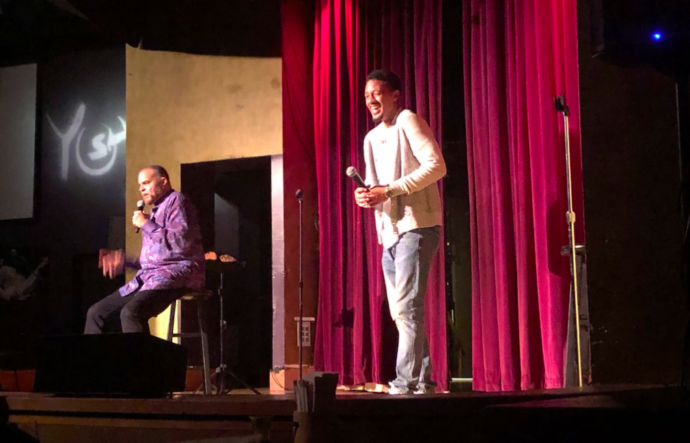
What is most valuable for personal development: Being a mentor or being a mentee?
My answer is: to be a “mentoree”.
A “mentoree-session” is when you first mentor someone for one session and then you switch places and let the person who just was the mentee become the mentor and you become the mentee.
Today I had the privilege to sit on my island in Sweden and spend some time with Gil Petersil and his wife Ekaterina Petersil who stayed with us for a couple of days.
Gil is perhaps the most resourceful speaker I know. He his a great speaker, but also a great business person who, together with Ekaterina runs a series of different companies.
So today I sat down with Gil for one hour to help him refine his inner theme as a speaker.
After lunch we literally switched seats and he became my mentor to help me with some business development of my speaking business.
That way I get the best of both worlds.
By being a mentor I got to think about the topic I am an expert on which helps me reflect on it on a deeper level. (“the best way to learn is to teach”.)
Being a mentee I get to learn from someone who is more experienced than myself in some areas and who has a different perspective on speaking.
Here are some suggestions on how to do a successful “mentoree-session”.
a) Pick someone who is different than yourself.
For a Mentoree-session to work best you both need to have something to teach and something to learn from each other,
Gil and I are very different speaking styles, personalities and strengths and that makes it very effective to be “mentorees” to each other.
So try to find a speaker that is different from you where your strengths and weaknesses are different and invite that speaker to a mutually beneficial meeting.
b) Find an “equal”.
The best mentoree-sessions are when two speakers meet who look at themselves as peers. Where both feel they are (on some way) at the same level as speakers, even if they might be different in many other ways.
c) Be humble, yet confident.
Understand that the other person will be able to give you insights about yourself that you just can not find yourself, and at the same time have the confidence to tell the other speaker what he/she should be doing/changing
d) There is a time and place for everything.
A mentoree-session is not a “conversation between peers”. When you are the mentee be the mentee, when you are the mentor be the mentor. That creates a structure which makes sure that that you really focus on one speaker at the time.
e) Push each other.
Do not try to make the other speaker become you. Instead try to see the specific strengths and opportunities of the other speaker and push him/her to do more with that.
I learnt so much today both mentoring Gil and geting mentored from him.
I am sure you will too if you find the right “mentoree”. So go out and fine one.
(Picture from our lunch as we not only “talked shop” during their stay to our island, we also enjoyed some island family time together.)


